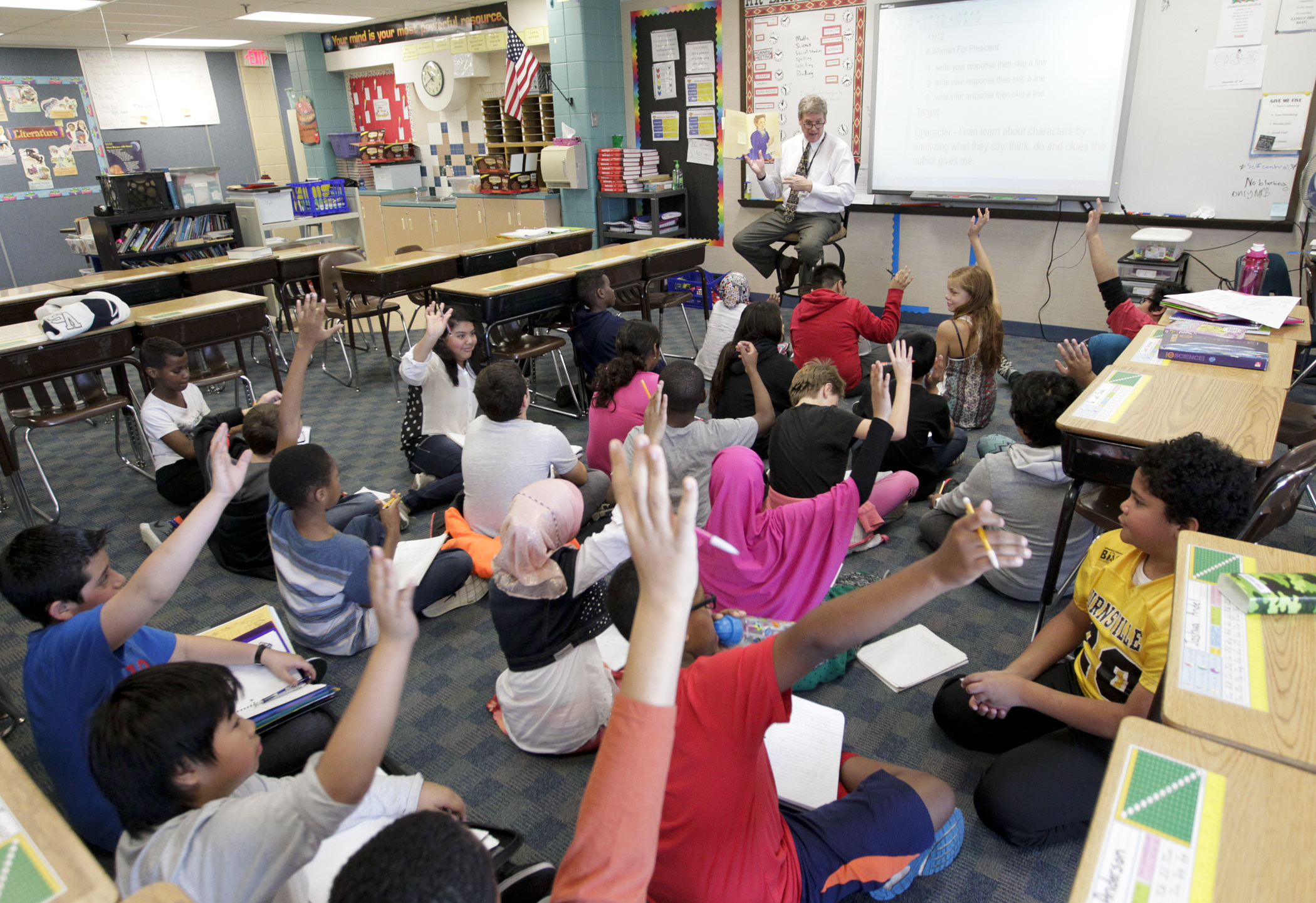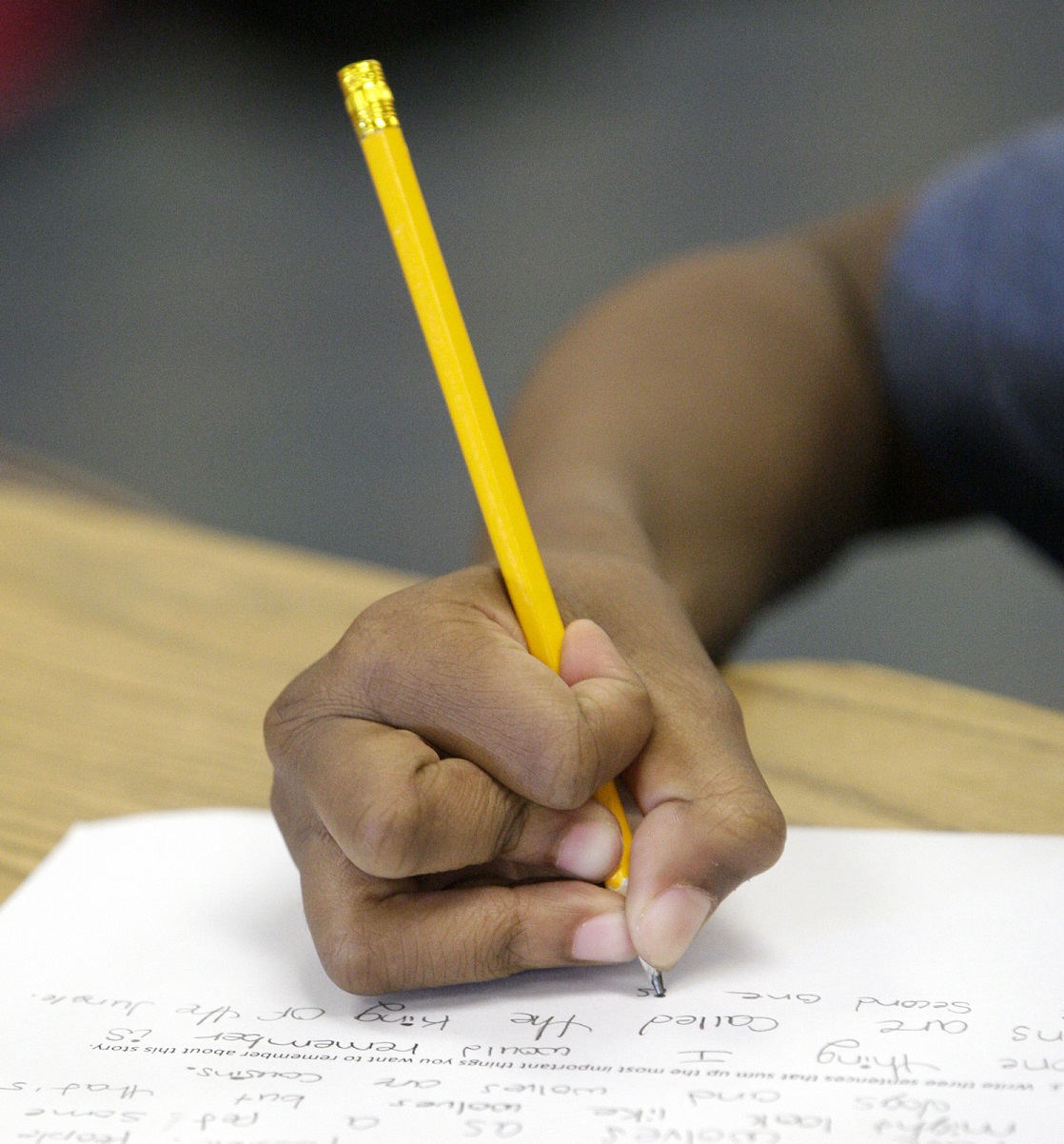Review of state's education funding formula highlights its complexities

The House Education Policy Committee got a snapshot of the state’s past, present and anticipated future education spending Wednesday. The takeaway? Minnesota’s state funding formula is complicated.
Tim Strom, with the nonpartisan House Research Department, and Emily Adriaens from the Nonpartisan House Fiscal Analysis Department, walked through a handful of documents outlining general education revenue, a list of school districts with certified levies, and broke down spending by E-12 programs and state agencies.
General education funding formula
Accounting for 41 percent of Minnesota’s base General Fund budget, the state will spend over $9.6 billion on education in Fiscal Year 2019, and more than $18.84 billion during the 2018-19 biennium. This amount is strictly in the form of state aid and doesn’t include levies.
“When we are talking about General Fund spending, education almost always makes up the majority of it,” Adriaens explained. “If you look at it on an all funds basis, then health and human services uses more federal spending, so that would have a larger percentage of the pie. But when we’re just talking about General Funds spending, K-12 is the biggest piece of the pie.”
 House Photography file photo
House Photography file photoThe biggest piece of that goes to general education via a funding formula that provides a base of $6,312 for each student. The base amount typically increases year-to-year, however, Strom noted that the increase is not tied to inflation.
The remainder of the general education aid is dispersed based on over a dozen characteristics of districts and the students they serve. If a district is small, has declining student populations, and/or experiences transportation scarcity, all of these factors can result in additional funding. Likewise, each student who is an English language learner and/or talented and gifted receives additional aid, and the list goes on and on. The different variables and the monies associated with them, make for a complex general education funding formula.
Rep. Glenn Gruenhagen (R-Glencoe) asked if Minnesota’s neighboring states have a similar general education formula, while Rep. Dean Urdahl (R-Grove City) questioned the number of adjustments and variables that go into the education funding calculation.
“There are a lot of pluses and minuses, but really it’s not difficult math, it’s mainly lots and lots of different programs,” Strom said. “And the proliferation is often because somebody has a really good idea and says, ‘there should be money for this,’ even if it’s a small amount of money.
“I give legislators a lot of credit. I think that most legislators look through those spreadsheets and they say, ‘These are the programs I like, and these are the ones that I think maybe next year we should do something about.’”
Special education and other expenses
Special education funding, to the tune of $1.5 billion in Fiscal Year 2019, is the second largest education expenditure. This money is used to help cover the cost of federally mandated special education programming. Even with the aid, districts often find they need to use General Fund monies to cover the remainder of those mandated costs. This is referred to as the special education cross subsidy.
General education and special education comprise 92 percent of the state’s education budget. The remaining funds go to the following E-12 programs and state agencies and academies:
- education excellence: $359 million;
- early childhood and family support: $169 million;
- facilities and technology maintenance: $135 million;
- self-sufficiency and lifelong learning programs: $48.8. million;
- Department of Education operations: $33 million;
- nutrition: $27.5 million;
- library programs: $18 million;
- Minnesota State Academies: $14.6 million;
- Perpich Center for Arts Education: $8.2 million;
- Professional Education Licensing Standards Board: $3.6 million; and
- community education and prevention: $1.2 million
Rep. Cheryl Youakim (DFL-Hopkins), the committee chair, said reviewing the education funding information is an important part of understanding how policy can create unintended consequences and will help them in their future policy making.
“I think what we’re finding, and I wanted people to realize, is how much policy effects funding. And I think that we’re definitely getting to that point,” she said.
Related Articles
Search Session Daily
Advanced Search OptionsPriority Dailies
Ways and Means Committee OKs proposed $512 million supplemental budget on party-line vote
By Mike Cook Meeting more needs or fiscal irresponsibility is one way to sum up the differences among the two parties on a supplemental spending package a year after a $72 billion state budg...
Meeting more needs or fiscal irresponsibility is one way to sum up the differences among the two parties on a supplemental spending package a year after a $72 billion state budg...
Minnesota’s projected budget surplus balloons to $3.7 billion, but fiscal pressure still looms
By Rob Hubbard Just as Minnesota has experienced a warmer winter than usual, so has the state’s budget outlook warmed over the past few months.
On Thursday, Minnesota Management and Budget...
Just as Minnesota has experienced a warmer winter than usual, so has the state’s budget outlook warmed over the past few months.
On Thursday, Minnesota Management and Budget...